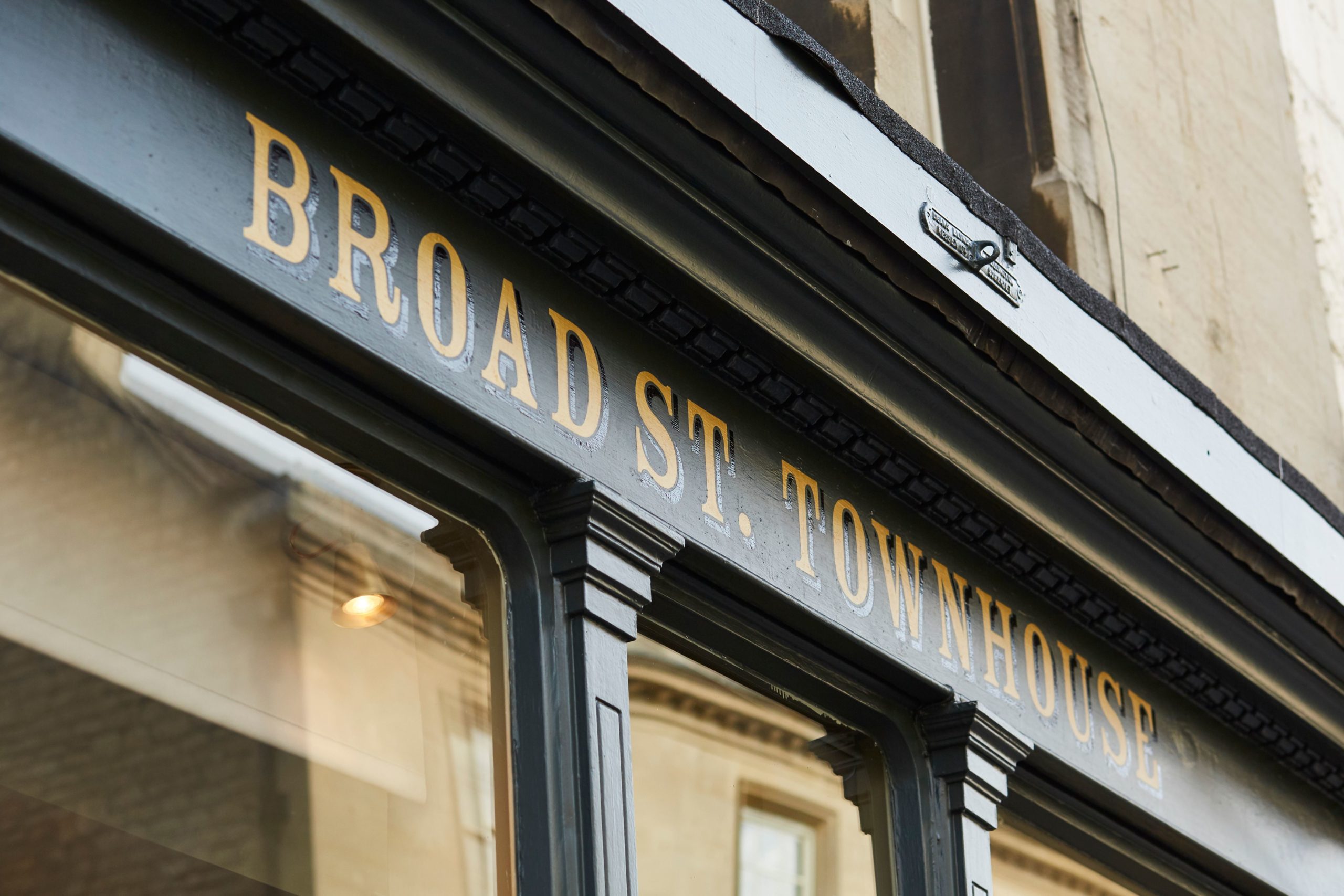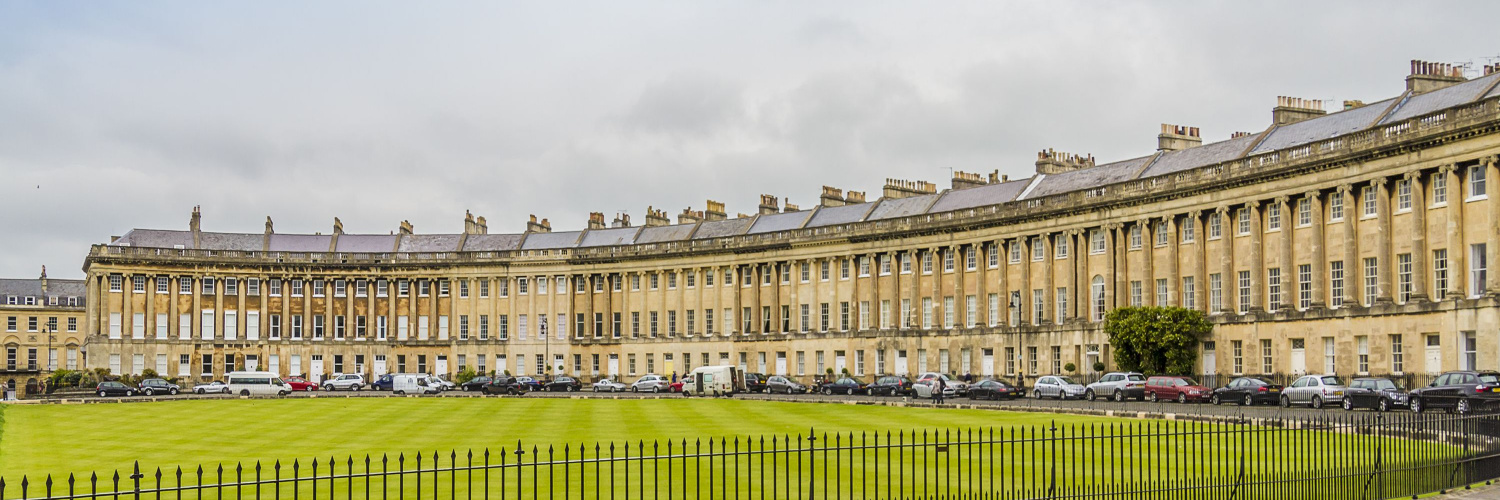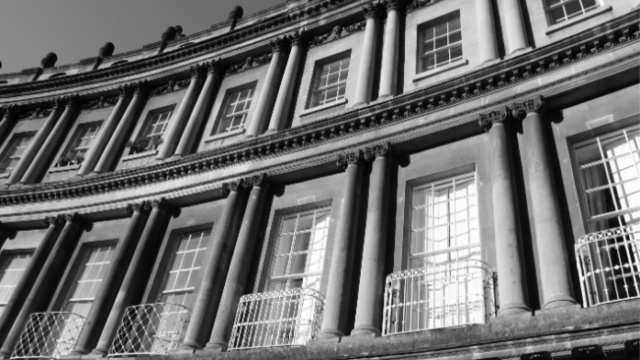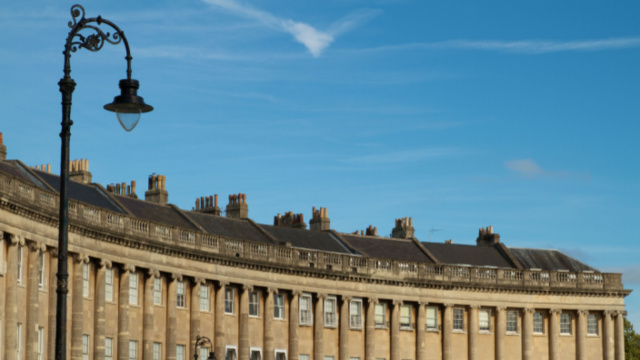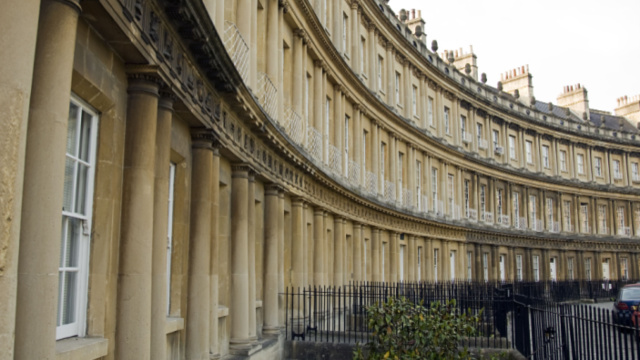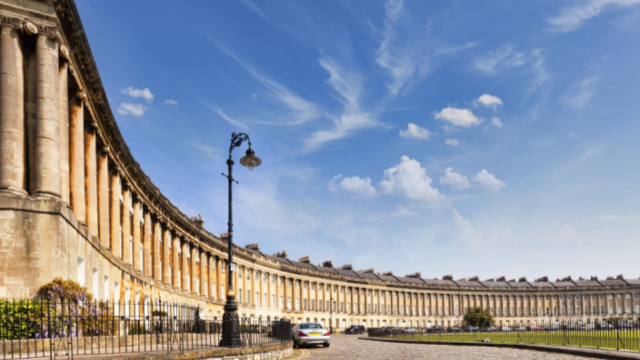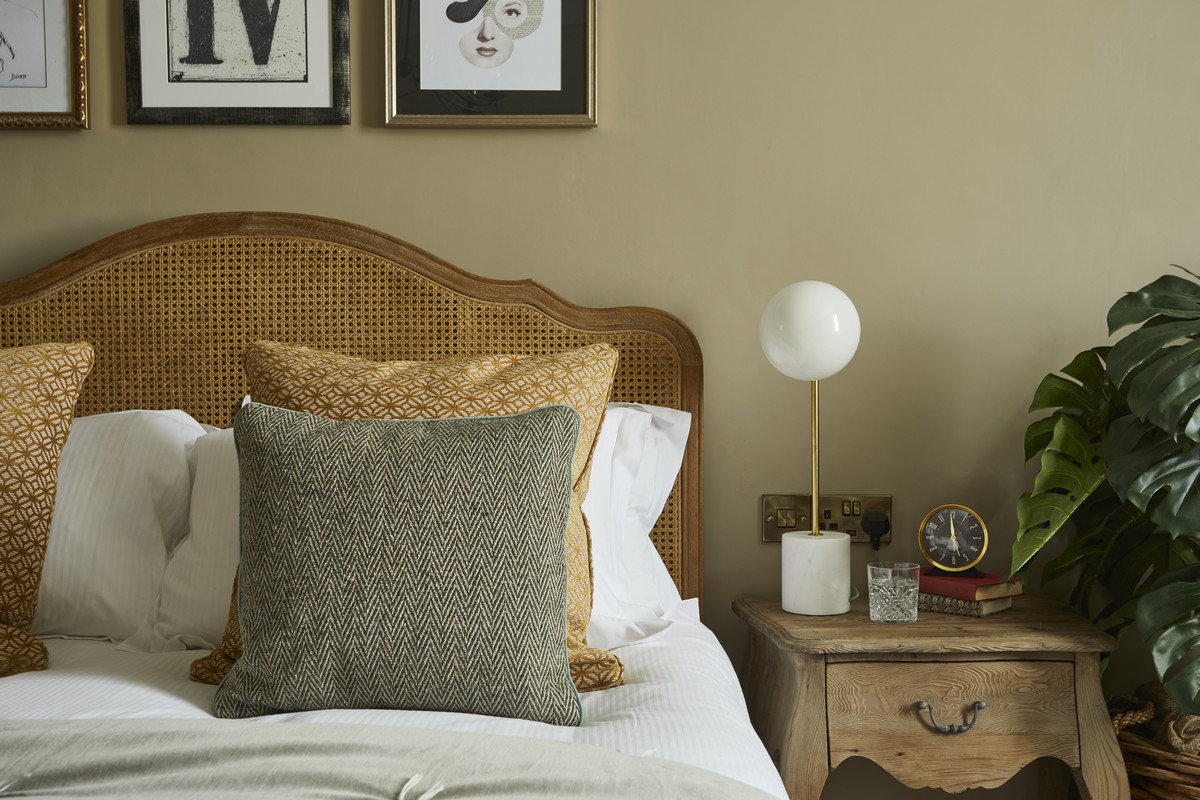HISTOIRE DU CROISSANT ROYAL
Conçu par l'architecte anglais John Wood the Younger, le Royal Crescent est une rangée de 30 maisons mitoyennes construites entre 1767 et 1775 et est considéré comme l'un des meilleurs exemples d'architecture géorgienne en Grande-Bretagne.
Alors que la façade peut sembler soignée et bien rangée avec ses 114 colonnes ioniques symétriques, l'arrière est un mélange de profondeurs et de hauteurs de toit différentes - résultat de la construction de chaque maison par un architecte différent, qui a été obligé de suivre les spécifications de John Wood le Jeune. pour l'avant, mais ont été laissés à eux-mêmes pour l'arrière de chaque propriété.
Le bâtiment était à l'origine connu sous le nom de The Crescent, n'ayant obtenu sa distinction «royale» qu'à la fin du XVIIIe siècle après une visite du prince Frederick, duc d'York et d'Albany.





